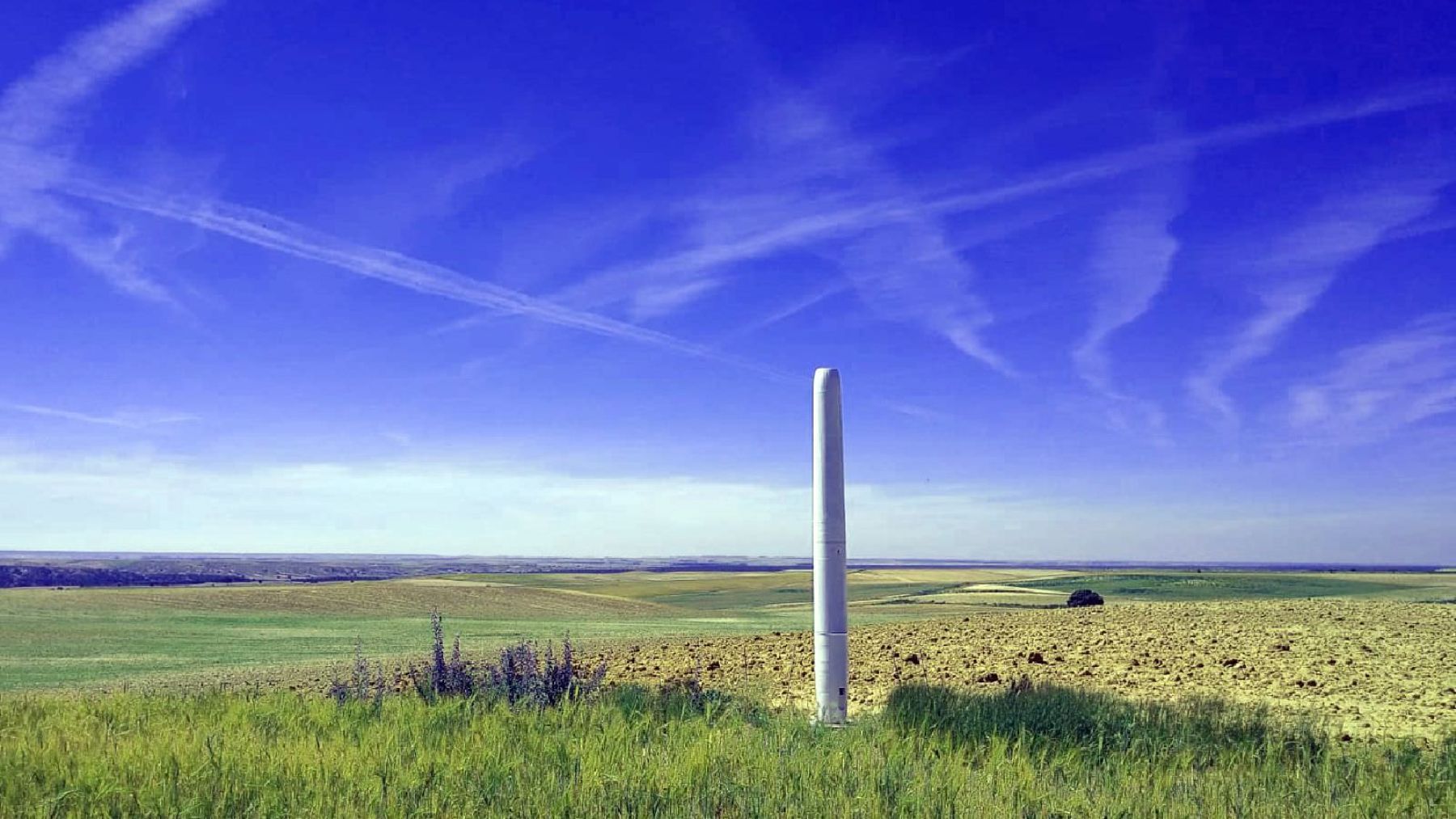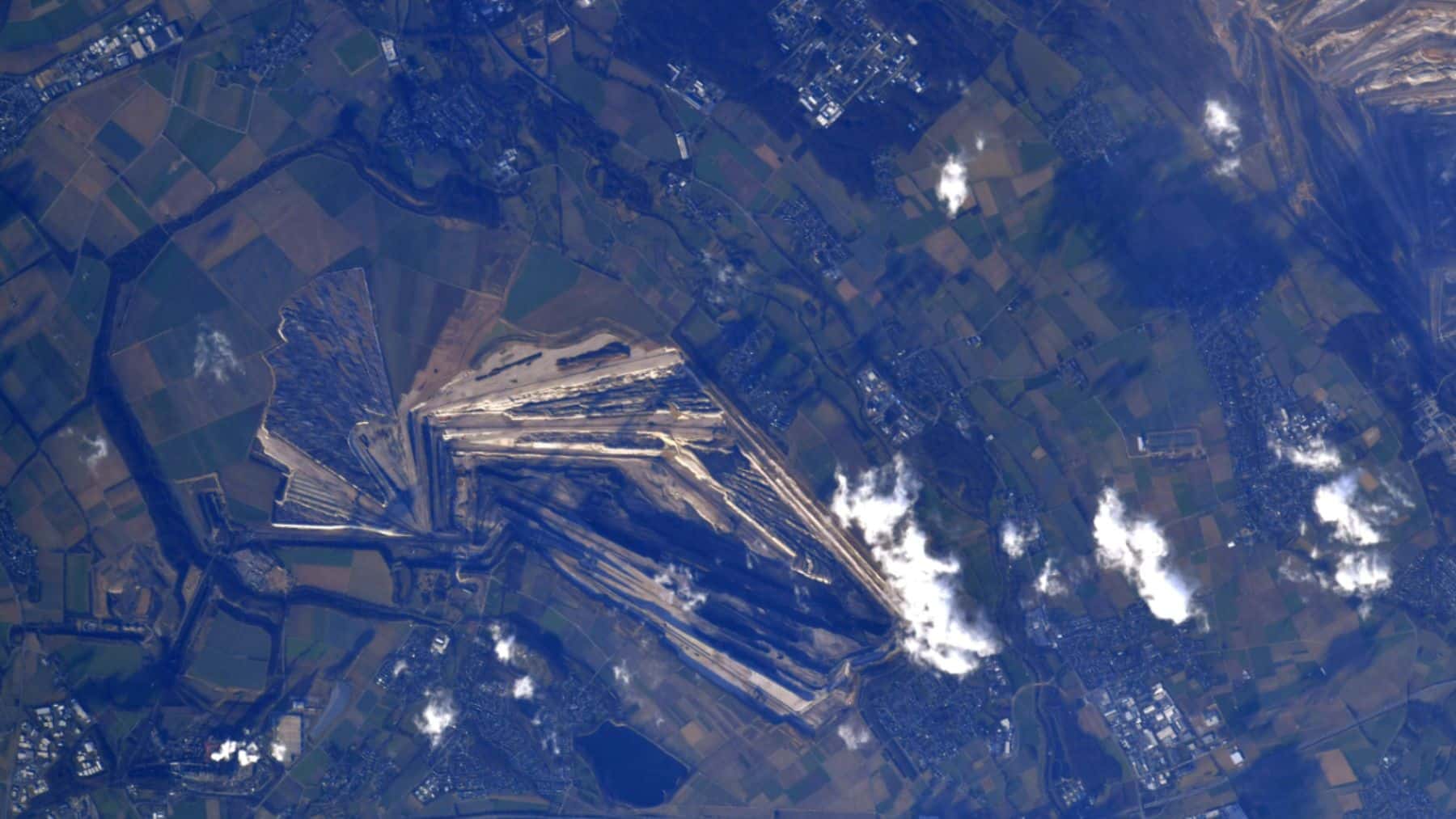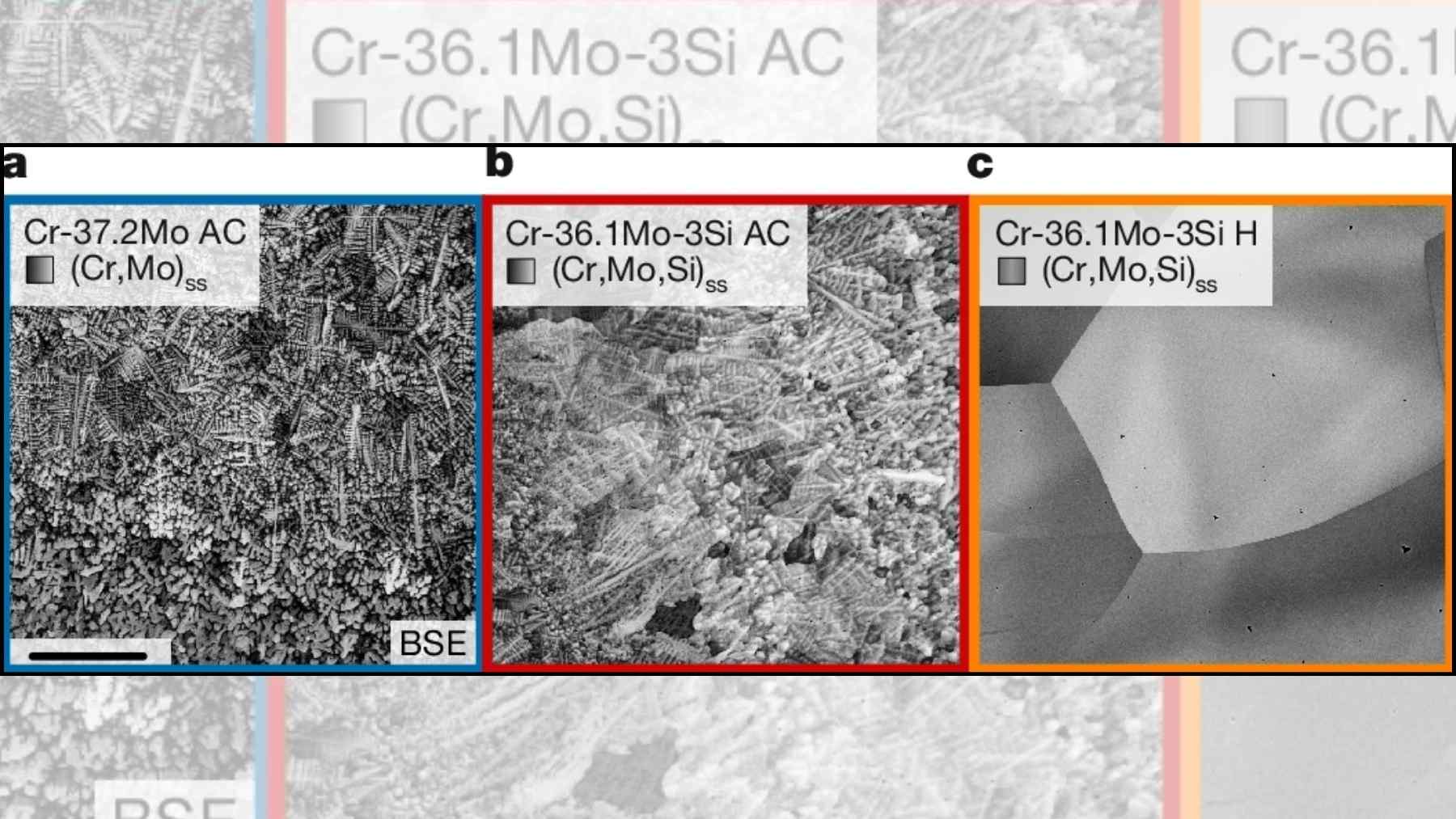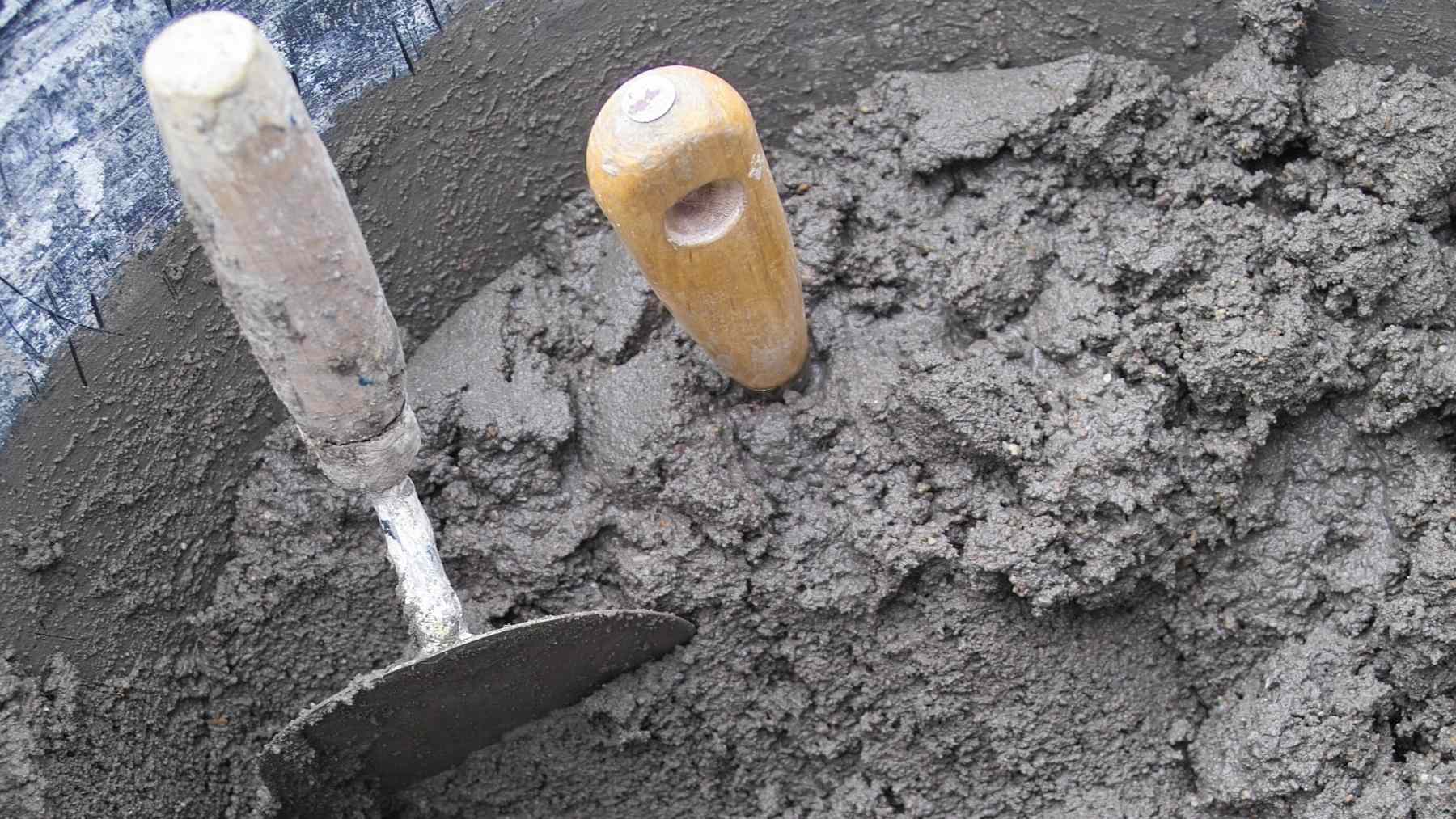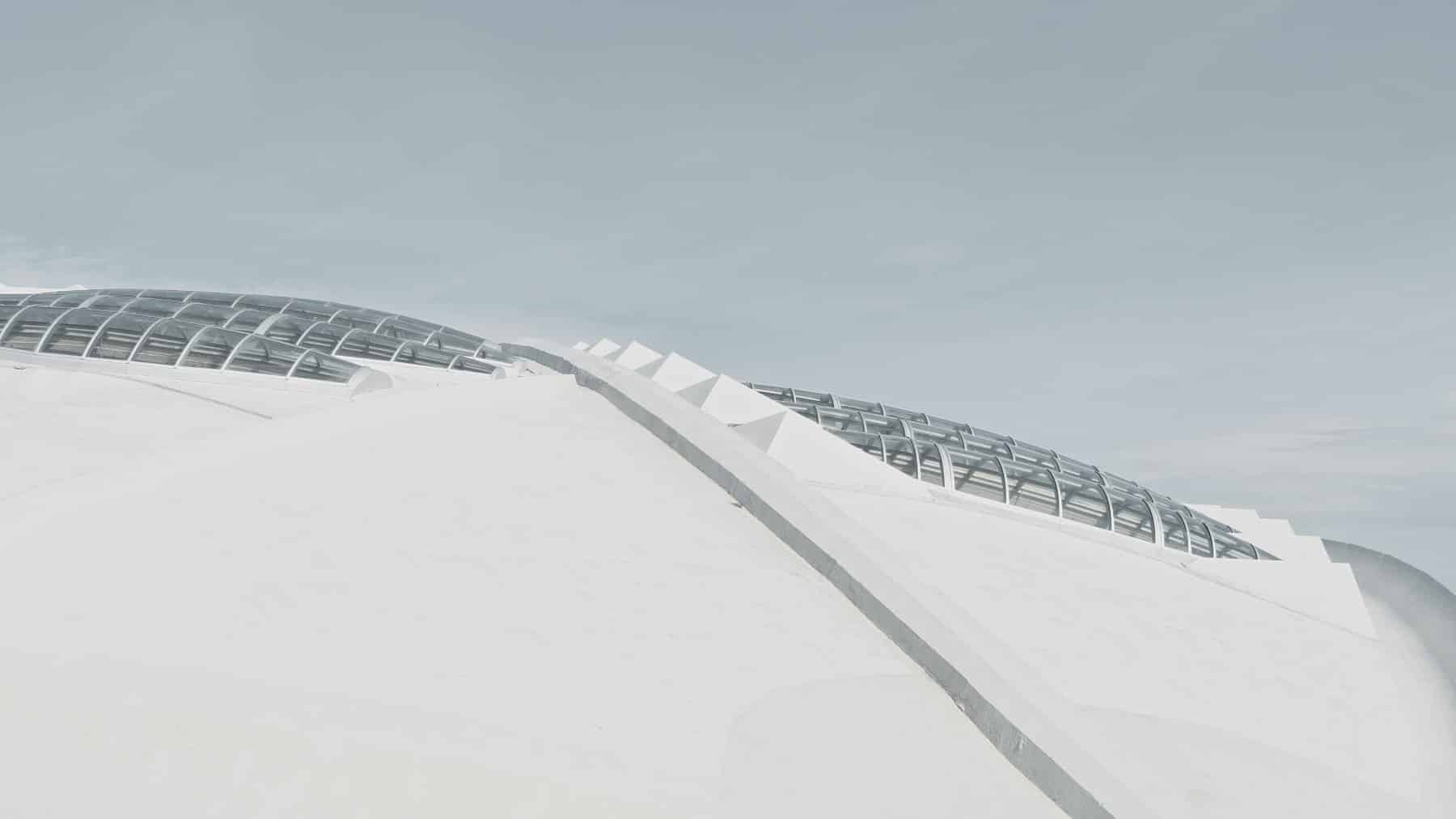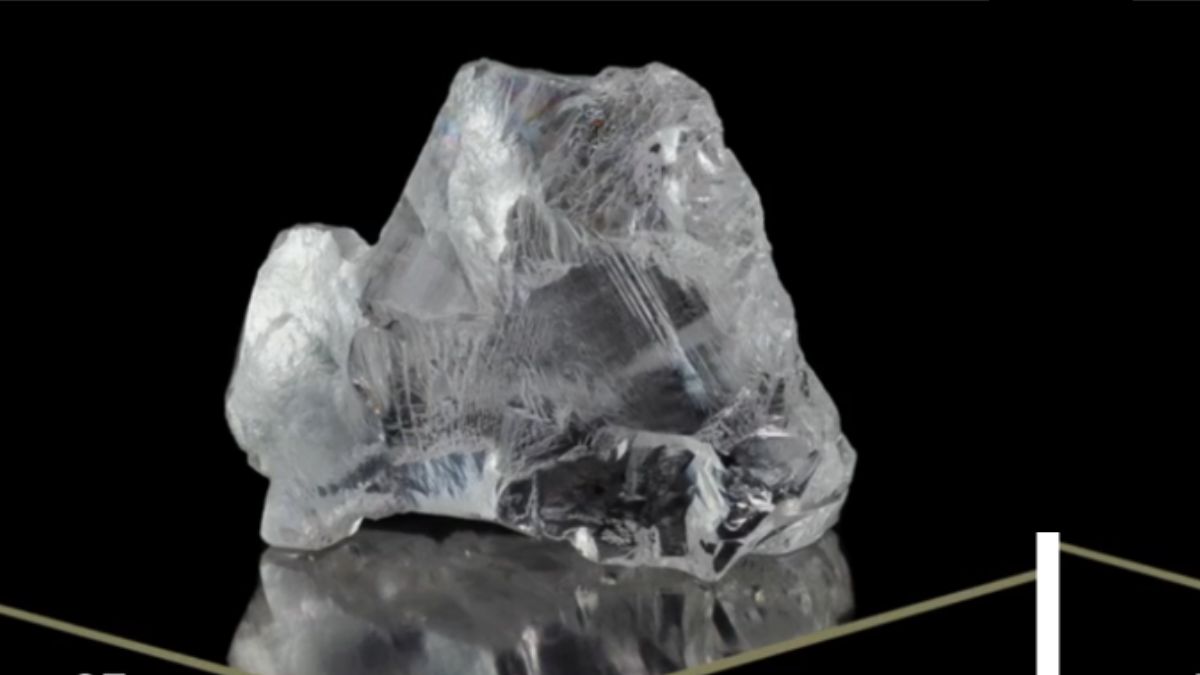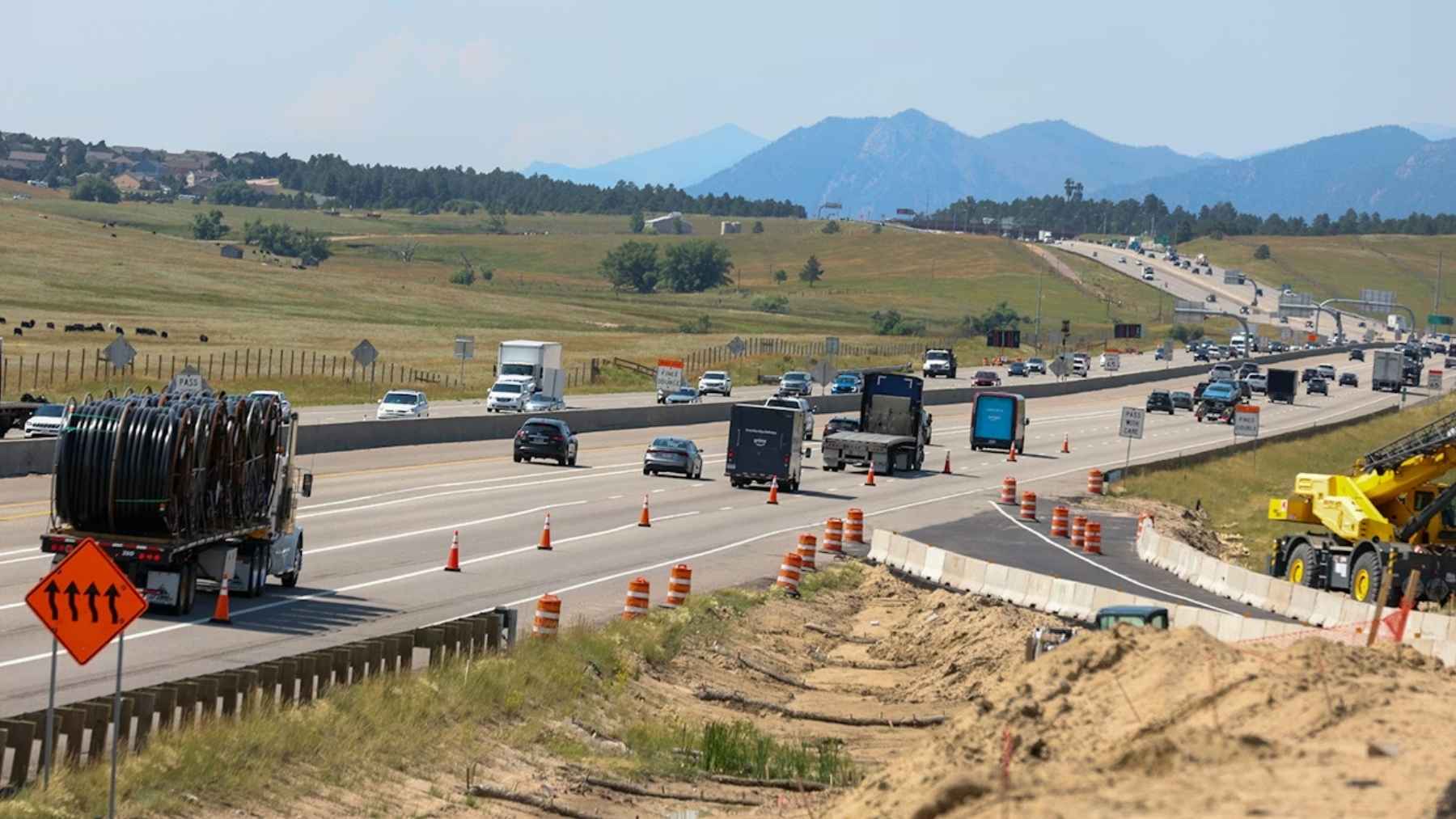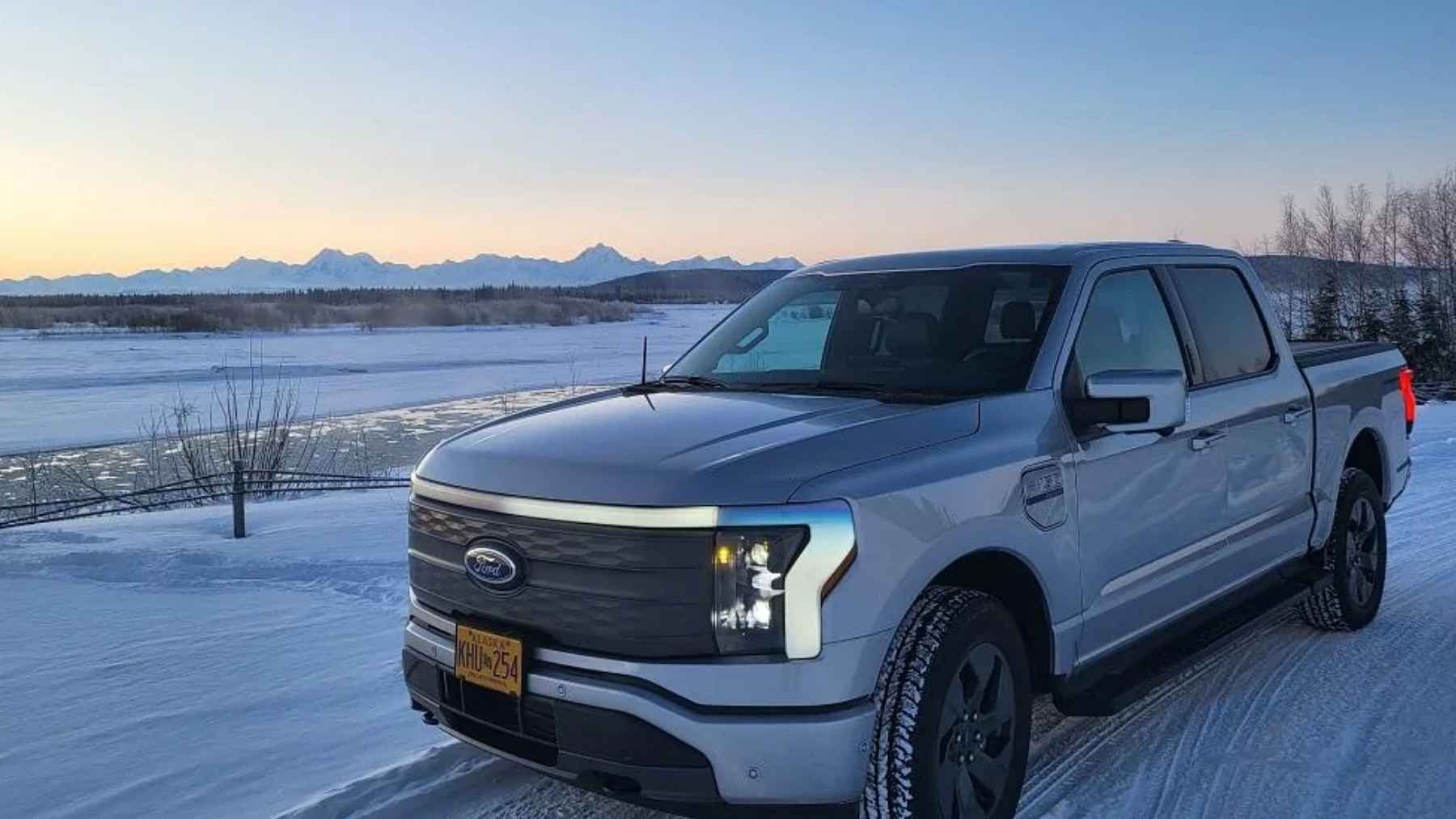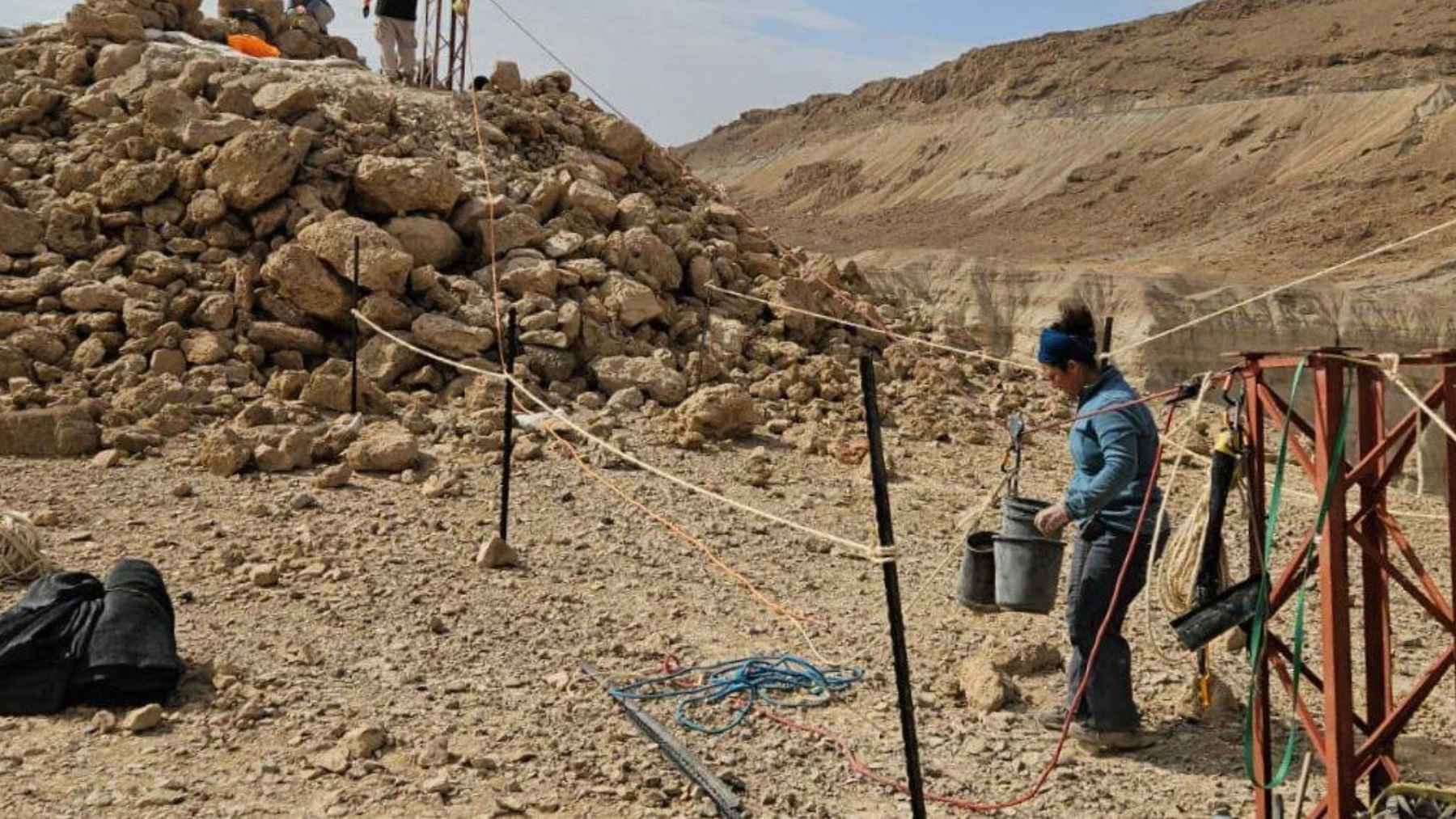For decades, we’ve been accustomed to seeing fields and even rooftops adorned with those giant turbines with rotating blades. Symbolic of the energy transition, wind turbines have spread across several countries, promising a cleaner future. But anyone who’s ever been near one knows: they’re noisy, huge, and not always as environmentally friendly as they seem. Now, a new proposal is emerging that’s unusual, to say the least, and is starting to attract attention. This is because it doesn’t rotate. It has no gears. No noise. No risk to birds.
A wind turbine without blades
Let’s imagine a stationary cylinder. Basically, a thin tube, fixed to the ground, that doesn’t move like a propeller, but rather sways slightly in the wind, side to side, as if “dancing” in place. Strange, right? Well, it’s precisely this movement, this gentle vibration caused by air eddies, something scientists call Vortex-Induced Vibration, that generates energy.
Not through spinning blades, but through a principle called aeroelastic resonance. The cylinder’s vibration generates mechanical energy, which is then converted into electrical energy. And the most interesting thing is that this small device:
- It can operate in gentle winds.
- It adapts quickly to changes in direction.
- And it can even operate amid the chaotic air currents of large cities.
Meet the Vortex Bladeless
This innovative technology is called Vortex Bladeless. It was created by the company also called Vortex Bladeless, based in Spain. The whole idea was born from an unexpected historical episode: the collapse of the Tacoma Narrows Bridge in 1940, caused precisely by these wind vortices. Where most saw a disaster, David Yáñez, the company’s founder, saw an energy opportunity.
Since then, Vortex has refined this design, resulting in oscillating cylinders made of carbon fiber, light, strong, and quiet. No lubricating oil, spinning blades, or gear noise (very similar to this other turbine). Just a solid structure, a mast, and the wind doing its work. Oh, and it’s worth mentioning: this isn’t a technology that directly competes with traditional turbines, okay?
“Our technology has different characteristics which can help to fill the gaps where traditional wind farms might not be appropriate. ”, says Yáñez.
Vortex itself acknowledges that, for now, its devices generate about 30% of the energy of a conventional turbine. But that’s not the point. The focus is on versatility, low cost, easy maintenance, and a minimal environmental footprint.
Real-world case studies: how Vortex Bladeless is already being used for clean energy
To apply this turbine, think about the places where traditional turbines don’t reach:
- Dense neighborhoods.
- Areas with many buildings.
- Small houses.
- Areas with sensitive wildlife.
With this new turbine, these locations will be able to install a small, 85-centimeter-tall structure, like the Vortex Nano, which produces energy silently, without disturbing anyone or disrupting the landscape. And that’s exactly what’s already happening: NGOs like SEO/Birdlife have adopted the model because it’s “bird-friendly” and ideal for conservation areas. And in future projects, Vortex itself plans adaptations for offshore use, with lower installation and maintenance costs than traditional offshore turbines.
“This could be wind power’s answer to the home solar panel — they complement each other well, because solar panels produce electricity during the day while wind speeds tend to be higher at night. The main benefit of the technology is in reducing its environmental impact, its visual impact, and the cost of operating and maintaining the turbine”, says Yáñez
In other words, more than competing with large power plants, let’s say Vortex aims to be the “solar panel” of wind energy: a decentralized, urban solution designed for self-consumption. Solar power by day, wind by night. A smart and silent balance. Now, imagine it combined with the Skybrator, which also generates 30% more energy than wind turbines.
Disclaimer: Our coverage of events affecting companies is purely informative and descriptive. Under no circumstances does it seek to promote an opinion or create a trend, nor can it be taken as investment advice or a recommendation of any kind. For more information, please visit our Trust Principles.
